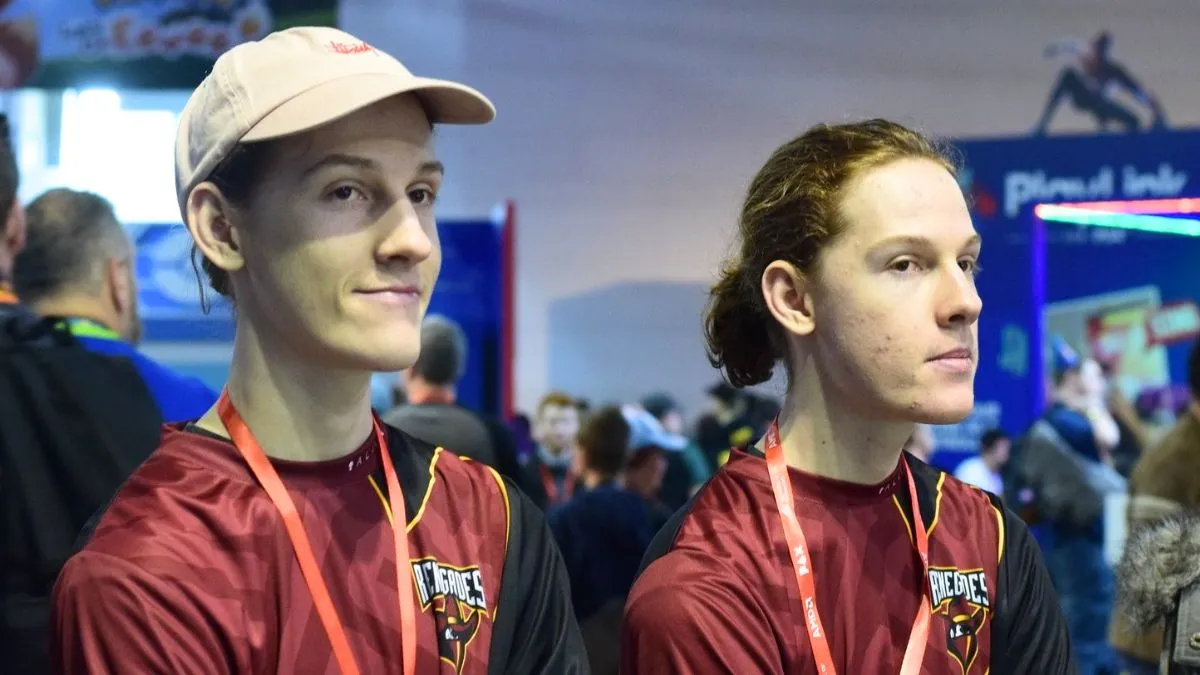This is what the basic GNOME desktop can look like.
Jack Wallen/ZDNET
I’ve been a fan of GNOME since the beginning when it was fresh and exciting. Although GNOME still stands as one of the best desktop environments on the market, it doesn’t mean there aren’t other developers and teams who’ve figured out how to improve on the OG.
Although there aren’t tons of desktop environments based on GNOME, some options are outstanding and capable of meeting and exceeding your needs.
Also: 5 quick tweaks make your GNOME desktop so much easier to use
Let’s dive in and take a look at four Linux desktops that are based on GNOME.
1. Budgie
Of all the desktops based on GNOME, Budgie is, by far, the most beautiful. The Budgie desktop borrows some GNOME technology (both under the hood and in some of the apps you use) and improves on what the GNOME team has created.
I tend to look at Budgie as if it’s the Xfce of the GNOME world, meaning it is highly configurable to the point that you can make it look and feel like just about any desktop you want. If you like a traditional panel/menu, you can have that. If you prefer a desktop that’s a bit more MacOS-looking, it’s possible. And if you want plenty of blur and even some transparency, you can have that too. From my perspective, Budgie puts the fun back in GNOME to create something modern with traditional roots.
Also: System76’s new COSMIC Linux desktop is out of this world
For those who don’t like the GNOME desktop overview system and are tired of having to tweak the GNOME desktop with extensions like Dash To Dock, the Budgie desktop is the way to go. Even better, I’d suggest going with Ubuntu Budgie because that particular distribution delivers one of the most beautiful GNOME-based desktops on the market.
Ubuntu Budgie was the last distribution to sway me from Pop!_OS. Of course, I returned to Pop!_OS after purchasing a new Thelio desktop. But every time I see Ubuntu Budgie, I think, “Should I switch back?” Yeah, Budgie is that good of a desktop.
The Ubuntu Budgie desktop is the best-looking take on Budgie.
Screenshot by Jack Wallen/ZDNET
As an aside, I was going to include Pop!_OS on this list but System76 is migrating to COSMIC desktop, which shrugs off the GNOME underpinnings for something completely new.
2. MATE
The MATE desktop is based on GNOME. However, the version of GNOME that MATE is based on is v2.x. Why base a desktop environment on another system that’s no longer in use? Simple. When GNOME 3.x (aka GNOME Shell) relaced GNOME 2.x, the Linux community was annoyed because the new version of GNOME was so profoundly different.
Also: How to create and manage hidden files in Linux
When that happened, many users decided to defect away from GNOME and try something different, which led some developers to create a new desktop based on GNOME 2.x. One of those desktops is MATE. MATE is focused on the traditional desktop, with a panel, a menu, and clickable desktop icons.
The name MATE is pronounced “mah-tay” as in yerba-maté. On top of being very familiar, MATE is also highly efficient and performs exceedingly well, even on older hardware. If you like an old-school desktop, MATE is a great option as it will remind users of any Windows desktop before version 7. The best way to get the MATE desktop is to use the Linux Mint MATE version.
The MATE desktop is an efficient, simple UI for new Linux users.
Screenshot by Jack Wallen/ZDNET
3. Cinnamon
Like MATE, Cinnamon was created in reaction to the move from GNOME 2.x to 3.x. You might notice that MATE and Cinnamon share a lot of similarities. They use the same desktop metaphor (panel/menu/icons), with the same layout and similar icons.
For me, the big difference between MATE and Cinnamon is that Cinnamon has a bit more of a modern flair. That difference is subtle but it’s there. The default Cinnamon panel is taller, the dark theme is more prevalent, and Cinnamon has a few more features (such as Desklet and more configuration options).
Also: Thinking about switching to Linux? 6 things you need to know
Cinnamon goes for a more modern Linux route by combining settings into a single app, while MATE has different apps for things like advanced network configuration, CompizConfig, desktop settings, and more. Cinnamon also includes window effects that allow you to select different effects for window minimizing/closing/opening, and even resizing/tiling.
However, Cinnamon and MATE are very similar, with Cinnamon providing a more modern take on the old-school feel. The Cinnamon desktop is the default for Linux Mint, so all you have to do is download the official Linux Mint ISO and install it.
Cinnamon is a slightly more modern take on the desktop.
Screenshot by Jack Wallen/ZDNET
4. Ubuntu’s desktop
This desktop is a bit of a cheat because the Ubuntu desktop is actually GNOME. However, similar to the approach that System 76 took to GNOME with Pop_!OS, Ubuntu created a highly tweaked version of the GNOME desktop, with a convenient side panel that serves as the primary portal to all your apps, favorites, and more.
Beyond the side panel, the difference between Ubuntu’s take on GNOME and the official version is subtle and often comes down to theming, installed apps, and extensions. That’s right, the Ubuntu desktop can use GNOME extensions, which means you could even take the Ubuntu desktop and configure it to look more like the official version of GNOME.
Also: How to encrypt a file on Linux, MacOS, and Windows – and why
If I had a choice between the original GNOME and the version found on Ubuntu, I’d probably go with Ubuntu, simply because I prefer a dock/panel over the GNOME Dash. It’s more convenient and efficient. If you don’t like the Ubuntu distribution, you can always install Ubuntu’s take on GNOME with the command sudo apt-get install ubuntu-desktop -y.
Remember that some distribution desktops (such as Pop!_OS) can break if you install the ubuntu-desktop package, so proceed with caution. If this desktop sounds good, download and install the official Ubuntu Desktop distribution.
It’s been 20 years since the first version of Ubuntu was released and it’s been a wild ride.
Screenshot by Jack Wallen/ZDNET







